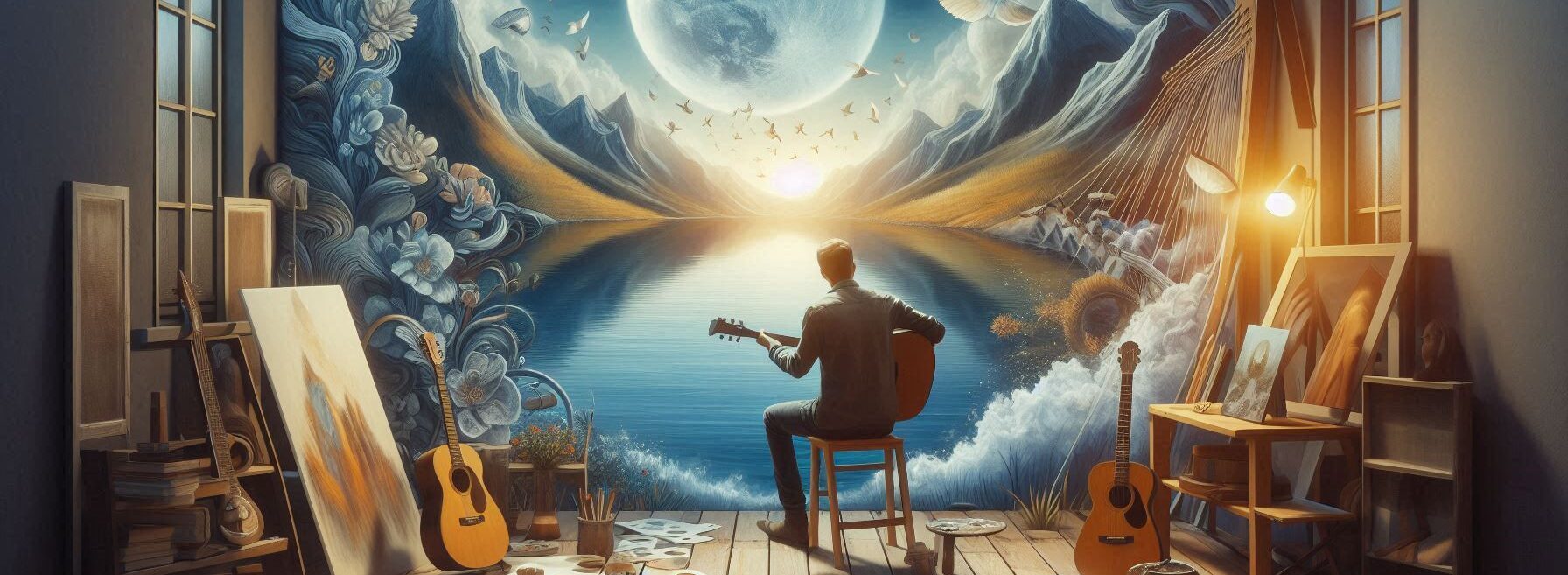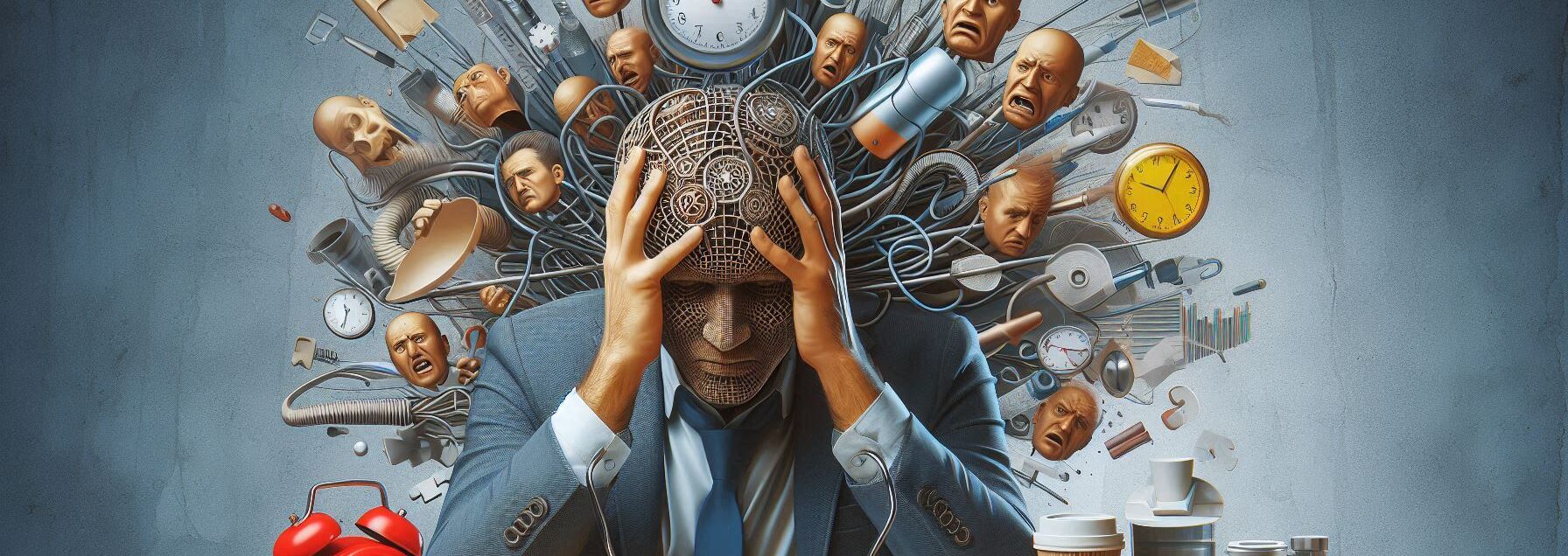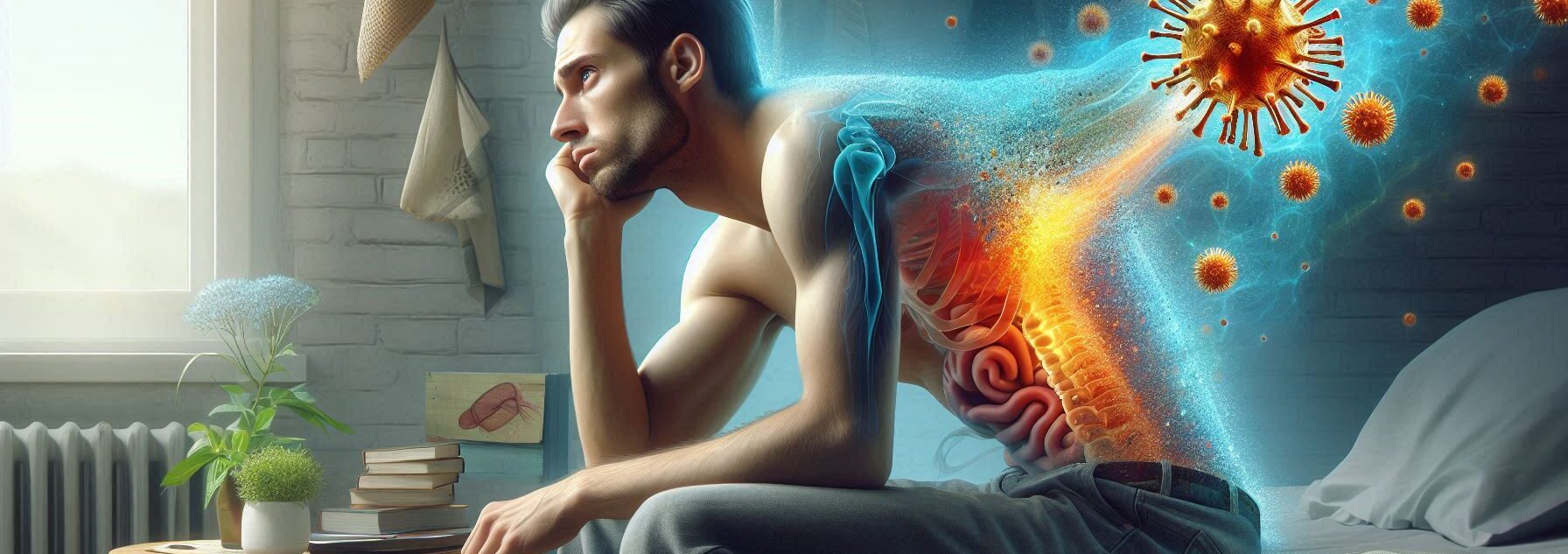Please Note: This post may contain affiliate links. If you click one of them, we may receive a commission at no extra cost to you. As an Amazon Associate, I earn from qualifying purchases.
Let’s face it: life can sometimes feel like a never-ending episode of a reality show where everyone else seems to be thriving while you’re sitting on the couch in your pajamas, eating cereal straight from the box.
But fear not! There are creative ways to tackle depression that don’t involve binge-watching every season of “The Great British Bake Off” (though, let’s be honest, that’s also therapeutic).
Enter art and music therapy—two fantastic avenues for expressing yourself and finding some emotional relief.
Top Takeaways and Key Concepts
- Use art therapy to express emotions safely through creative activities like painting or drawing.
- Engage in music therapy by listening to or creating music to improve mood and reduce anxiety.
- Combine art and music therapy for a holistic approach, stimulating multiple senses simultaneously.
- Seek qualified therapists certified by recognized associations to ensure effective and safe guidance.
- Embrace alternative therapies without stigma, recognizing creative methods as valid paths to mental wellness.
Summary of This Article
This article explores how art and music therapy can help manage depression by providing expressive, creative outlets for emotional processing. Art therapy allows individuals to communicate feelings visually, while music therapy uses listening or creating music to evoke emotions and improve mood. Combining both therapies offers a multisensory approach, deepening emotional connection and promoting mental well-being. Finding qualified, certified therapists ensures safe and effective support, and embracing these alternative methods without stigma encourages exploration of diverse paths toward healing.
What Is Art Therapy?

First off, let’s talk about art therapy. Now, before you roll your eyes and think this is just finger painting with crayons (which I would totally sign up for), it’s much more than that!
Art therapy is a form of expressive therapy that uses the creative process of making art to improve mental health. It turns out that slapping paint on a canvas or doodling in your notebook can actually help you communicate feelings you might not even know exist.
Interestingly enough, creating art allows individuals to explore emotions in a safe space. You could unleash your inner Picasso or channel your angst into an abstract masterpiece titled “Why Is My Cat Judging Me?”
Seriously though, when we engage in artistic activities, we activate parts of our brain responsible for processing emotions. Who knew splattering paint could be so enlightening?
By the way, I once tried my hand at painting during an art therapy session. Let me tell you—it was less “Starry Night” and more “What Happened After My Toddler Got Hold of Finger Paints.” But hey, it felt good to express myself without worrying about being perfect!
The Benefits of Music Therapy
Now onto music therapy—the cousin who brings snacks to the party and gets everyone dancing! Music therapy involves using music interventions to accomplish individualized goals within a therapeutic relationship.
Think of it as combining karaoke night with self-discovery; only instead of belting out “Bohemian Rhapsody” alone in your living room (not that there’s anything wrong with that), you’re guided by someone who knows what they’re doing.
Honestly, music has this magical ability to evoke memories and feelings. Have you ever heard a song from high school and suddenly felt like you were back in math class wondering why nobody told you about taxes?
That’s the power of music! In sessions, participants might listen to songs that resonate with their experiences or even create their own tunes—a therapeutic jam session if you will.
Interestingly enough, studies have shown that listening to or creating music can reduce anxiety and improve mood.
So next time you’re feeling down, crank up those tunes—or better yet—grab an instrument! Just remember: no one wants to hear my kazoo rendition of “Twinkle Twinkle Little Star.”
Combining Art and Music Therapy
You might be wondering if combining these two therapies is like mixing peanut butter and jelly—or if it results in something weird like pickles on ice cream (which sounds oddly appealing right now).
Well, good news: blending art and music therapy can provide a holistic approach to managing depression!
Imagine attending a session where you draw while listening to uplifting melodies—talk about sensory overload in the best way possible!
This combination allows individuals not only to express themselves through visual means but also through sound. By engaging multiple senses simultaneously, participants often find deeper connections between their thoughts and feelings.
To be fair, this doesn’t mean everyone will become the next Van Gogh or Mozart overnight (though wouldn’t that be nice?). Rather, it provides different outlets for exploration. Plus—and here’s the kicker—you get bonus points for creativity!
Finding Qualified Therapists
So how do you jump into this colorful world of healing? First things first: look for qualified therapists who specialize in art or music therapy. Not every therapist comes equipped with paintbrushes or guitars tucked under their arms—but there are many trained professionals ready to help!
When searching for someone suitable, consider checking credentials such as board certifications from recognized organizations like the American Art Therapy Association or the American Music Therapy Association.
These folks know what they’re doing—trust me; they didn’t just pick up some crayons at Walmart last weekend.
Interestingly enough, many therapists now offer virtual sessions too! So whether you’re lounging on your couch or hiding from life under a blanket fort (don’t worry; we all have those days), accessing support is easier than ever.
Overcoming Stigma
Finally—and perhaps most importantly—we need to chat about stigma surrounding mental health treatment options like art and music therapy.
Society often paints these methods as less serious compared with traditional therapies involving couches and deep conversations about childhood trauma.
But here’s my take: any method leading us toward healing deserves recognition! Whether it’s talking through issues with someone who understands our struggles or creatively expressing ourselves through artsy endeavors—we’re all working towards similar goals: feeling better!
Speaking of which—I think embracing alternative treatments makes us braver rather than weaker. It shows we’re willing to explore new paths toward wellness—even if those paths include glitter glue along the way!
Suggested Resources:
American Art Therapy Association
https://arttherapy.org
American Music Therapy Association
https://www.musictherapy.org
National Institute of Mental Health
https://www.nimh.nih.gov
Mental Health America
https://www.mhanational.org

Kevin Collier is a passionate mental health advocate and writer for SadFAQ.com, where he explores the complexities of depression and mental well-being. With a deep understanding of mental health challenges, Kevin provides compassionate insights and practical advice to help individuals navigate their journeys toward healing. His articles aim to destigmatize mental health issues, offering support and resources for those seeking to improve their emotional resilience. Committed to raising awareness and fostering open conversations, Kevin’s work empowers readers to prioritize their mental health and seek the support they deserve.




